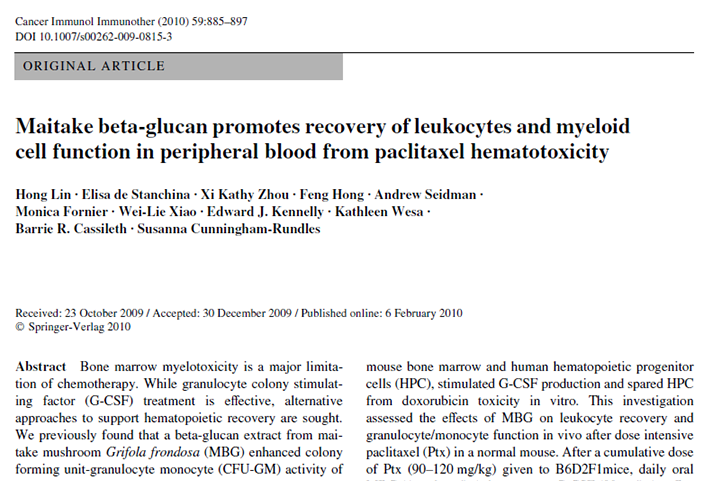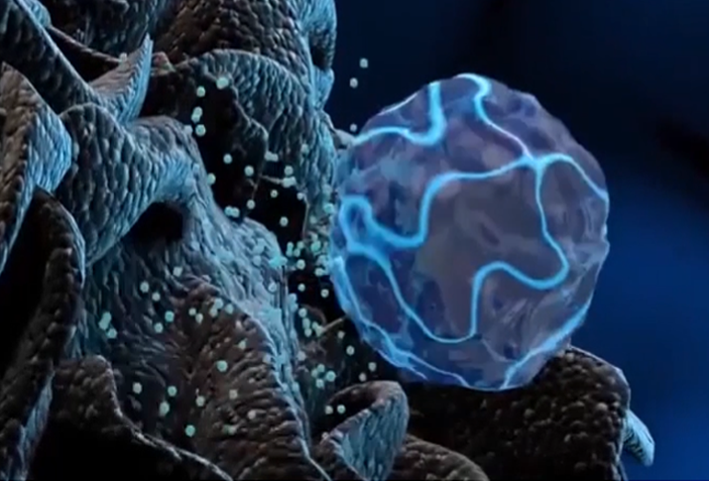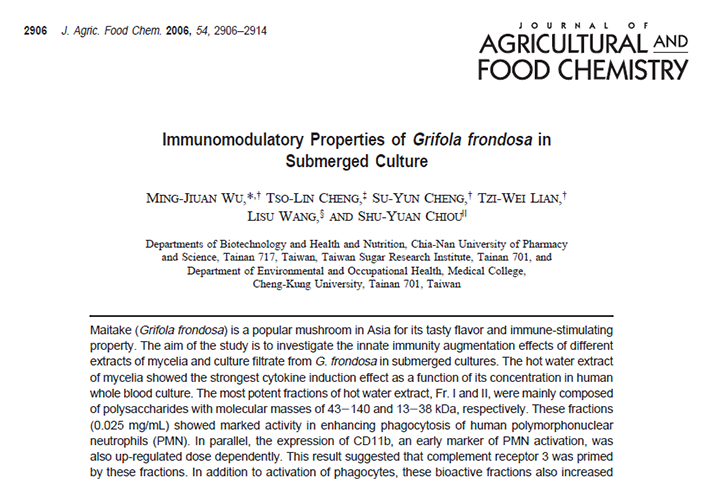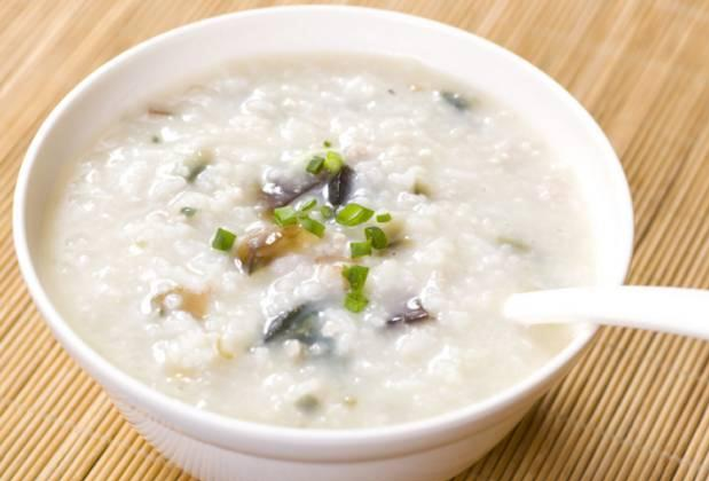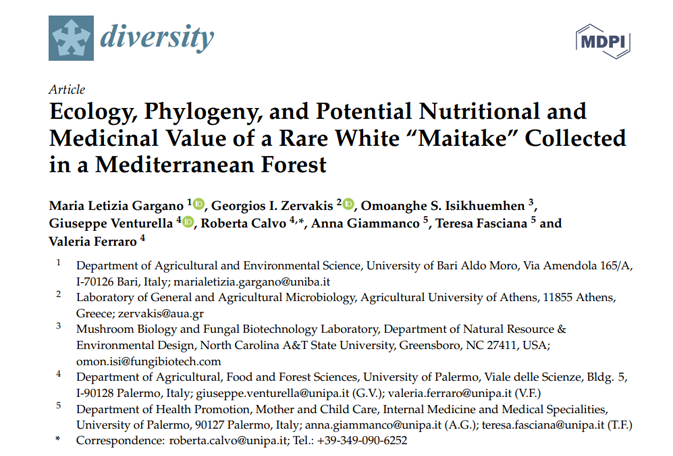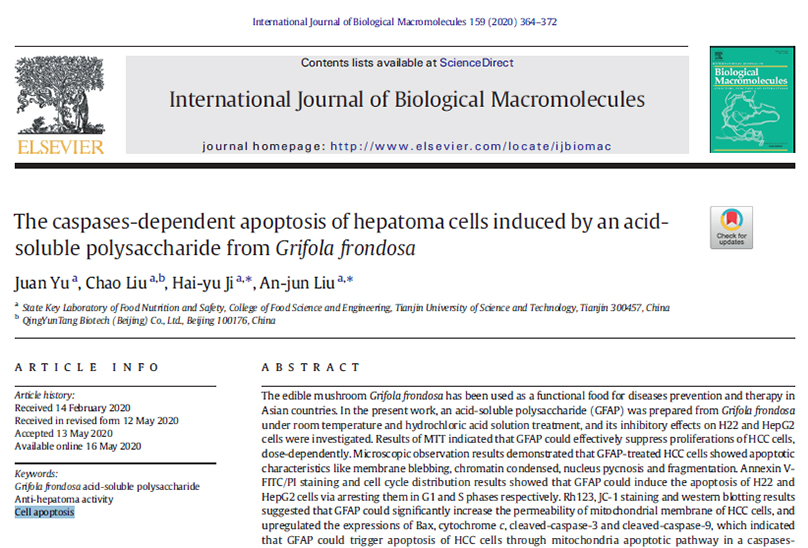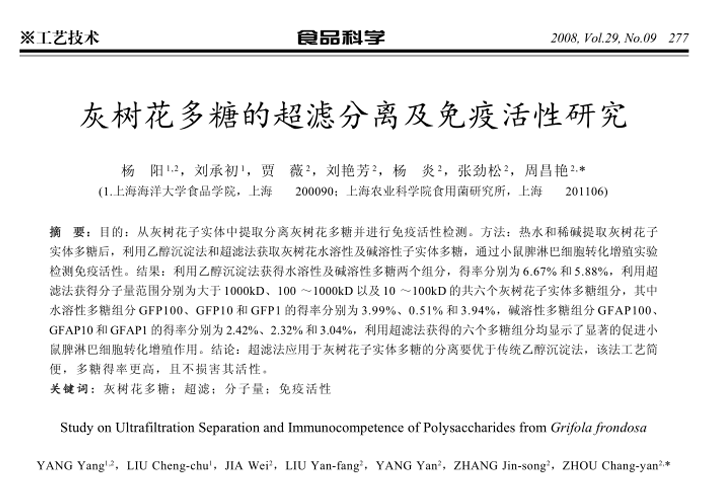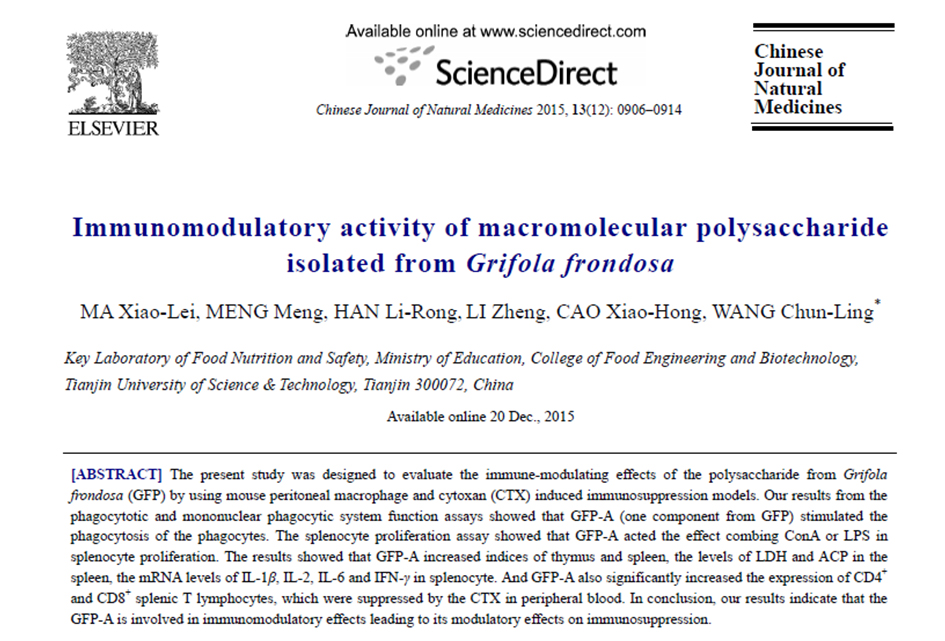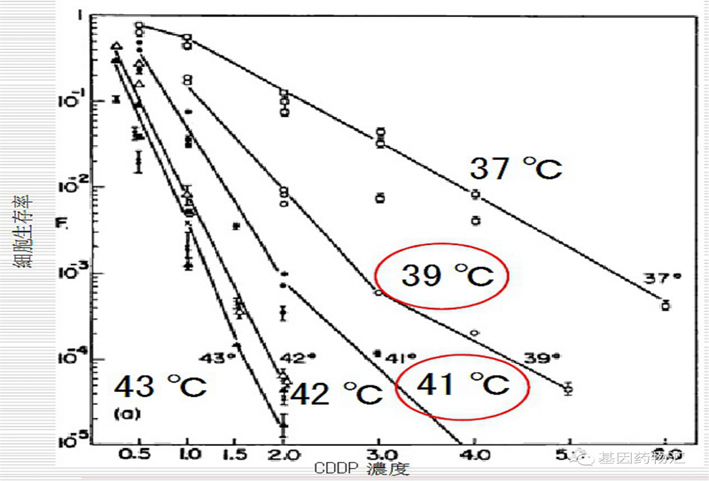Maitake, commonly known as "dancing mushroom", is a mushroom for both food and medicine. It often grows wild around chestnut trees in summer and autumn. The fruiting body is fleshy, the handle is short, coral like branches, overlapping into clusters, and its appearance is graceful and cascading like chrysanthemum; Its smell and fragrance are refreshing; The meat is crisp, tender and tasty, and you can never get tired of eating it.
Its nutrition has good health care function and high medicinal value. In recent years, as a kind of health food, it is popular in Japan, Singapore and other markets. Maitake is rich in nutrients. Its nutrient content has been tested by the Institute of nutrition and food hygiene of the Chinese Academy of preventive medicine and the quality inspection center of the Ministry of agriculture. It contains 25.2 grams of protein per 100 grams of dry Maitake (including 18 kinds of amino acids required by the human body, 18.68 grams, of which essential basic acids account for 45.5%).
Maitake has a unique fragrance. Its meat is soft and tastes good. It is a top-grade edible fungus. Maitake mainly grows on the rare trees and beech trees in the deep mountains, which are difficult to be picked. Therefore, Maitake has always been regarded as a treasure. For this reason, many people are competing to artificially cultivate Maitake, which has been successful, and the cultivation of Maitake with sawdust is becoming more and more popular.
In the second century A.D., the herbage of Lingbao Ganoderma lucidum recorded that the Maitake flower is: white jade ganoderma, which is said to be born in the Abbot's mountain. Its flavor is pungent (fresh Maitake has a strong clear pungent smell), and the baigai is quadruple (Maitake fruiting body is laminated). There are two on the next weight (the fruiting body is branched in the shape of a tree), and three on the top weight (on the fork, it is forked into a coral), or on the big stone, in the yellow sand, the root of the rotten wood, under the tall tree, in the shadow of the famous mountain. It is immortal to eat it. White tiger guards it.
Therefore, the cultural history of Maitake is also very long and rich. So what cultural spirit is familiar to the public in the cultural history of Maitake?

China and Japan are the first countries to know Maitake
More than 200 kinds of Ganoderma lucidum have been found all over the world. At present, more than 100 kinds of Ganoderma lucidum have been found in China and recorded in the Chinese Ganoderma lucidum atlas. There are 6 kinds of Ganoderma lucidum recorded in the compendium of Materia Medica, namely, red, black, green, white, golden and purple. The Supreme Master Lingbao Ganoderma lucidum herb is the earliest fungus classics handed down, and it is one of the earliest fungus illustrated books in the world. "The Lingbao Ganoderma lucidum herb of the Supreme Master" is an important document for studying ancient fungi and their culture, in which it is recorded that Maitake is a kind of white jade Ganoderma lucidum.
In 1204, chenrenyu, a scientist of Song Dynasty, wrote in his "fungus spectrum" that Maitake was an edible fungus, "sweet, mild, non-toxic, and can cure hemorrhoids". In Japan, the earliest description of Maitake is wenguzhai fungus manual. The Chinese character describing Maitake is wutaiji. According to the drawings and descriptions in the book, it is confirmed to be Maitake. The famous Japanese fungus scientist Yoshio Kobayashi also has detailed descriptions in Japanese Chinese fungus history and folklore.
Xiongguda also described in the forest of encounter: in 1603, when Tokugawa Jiakang, the leader of the generation who unified Japan, unfortunately suffered from disease during his expedition, and the imperial doctors were helpless, the wild Wurong (Maitake) brought him back from the dead.
In 1709, Yamato materia medica written by yoshihihiko Beiyuan of Japan; In 1834, bensaka Haoran recorded the dancing mushroom (Maitake) for the first time from an academic point of view in his fungus manual, and pointed out that it can "moisten the lungs, protect the liver, and strengthen the foundation"; In 1858, after danboxiuzhi's "flora", Japan began to pay attention to Maitake, from wild observation and description to research.
Both China and Japan have known Maitake for a long time. Maitake was used as a wild vegetable for a long time. The Chinese name of Maitake was first put forward by dengshuqun. It can be found in the authoritative monograph "fungi in China". At present, it is a common Chinese name.
In 1941, Japan's xiangban zhengci collected specimens in Northeast China and compiled a book titled "a picture of wild edible fungi plants in Manchuria". The perianth of Maitake was included as an edible fungus, which is an accurate record after dengshuqun's in 1939.
Japan begins to study Maitake
Maitake has a long history of feeding among the people. In the Edo era of Japan, it was said that each Maitake could be exchanged for silver of the same weight, which was a precious tribute to the shogunate. Therefore, when the mountain people found it, they were very happy and danced, so it was also called "Wurong".
In 1603, Tokugawa Jiakang, a generation of leading figures who unified Japan, unfortunately suffered from diseases during the campaign, and the imperial doctors were helpless. According to the unofficial history of Japan, it was a wild fungus called Maitake that brought him back to life.
Since then, the Maitake has been designated by the Japanese royal family as a special tribute for the court. Civilians cannot take it as their own. It has become a "national treasure of the court" in Japan. In 1709, the Japanese Beiyuan Yixuan collected the Maitake in his "Da he Materia Medica" (the same name as China's "compendium of Materia Medica"), which was recorded in history for the first time.
In 1834, Japanese Osaka Haoran first recorded the medicinal value of Maitake "moistening the lung, protecting the liver, strengthening and strengthening the foundation" in his "bacteriology", which made its medical efficacy recognized again.
Japan has been the longest living country in the world since 1985. Today, the average life expectancy of the Japanese is 85.52 years old. Ash trees have made great contributions. In 1980, the World Health Organization praised Maitake as the "king of fungi" and officially listed it as the recommended drug for anti-tumor, anti HIV and anti hepatitis virus.
After that, scientists all over the world began to study Maitake. According to Chinese traditional medical theory, Maitake has the function of "strengthening the body and strengthening the foundation". Its nature and taste are sweet and flat, and it has the functions of tonifying deficiency, urgency and moistening dryness. The function of Maitake can be described as supplementing qi and spleen, tonifying deficiency and strengthening health.
Since the early 1980s, many countries, such as Japan, Canada, Italy and China, have carried out a large number of systematic studies on Maitake fruit bodies and mycelium, indicating that Maitake has anti-cancer and immune enhancing effects, as well as anti hypertension, blood glucose and blood lipid lowering effects.
From the earliest experimental research on the fungus Maitake in Japan to today, the medicinal value of Maitake is being excavated and recognized one by one. Its anti-cancer effect is beyond Ganoderma lucidum and some chemotherapy drugs, which is promoted by the FDA.
In 1988, Nanbo Hongzhang, a professor of Kobe Pharmaceutical University in Japan, found that Maitake D, a Maitake polysaccharide, has a strong anti-cancer effect, and successfully extracted this component for the first time in the world for clinical treatment of tumors, which has made remarkable achievements. Therefore, it has led to a new model of tumor treatment and set off a revolution in tumor treatment all over the world.
This legendary mushroom was not successfully cultivated until the mid-1980s. Since then, scientists mainly from Japan have conducted extensive research on Maitake (also known as Maitake in Japan) in chemistry, biochemistry and pharmacology, proving that Maitake is the most valuable mushroom for both medicine and food. In particular, component D of Maitake, the most effective active component extracted from Maitake, has a strong anti-cancer effect, It is known as "the king of fungi, a wonderful flower for anti-cancer".
According to the human history of Maitake, we can know that Maitake culture is an important part of medical consciousness and medical culture, and is of great significance to promote the health of all ethnic groups in the world and economic and social development. Medical culture is the blood of a nation and the healthy home of mankind. I think only those who are healthy because of it will have the real answer to what contribution the Maitake has made to the medical culture.


